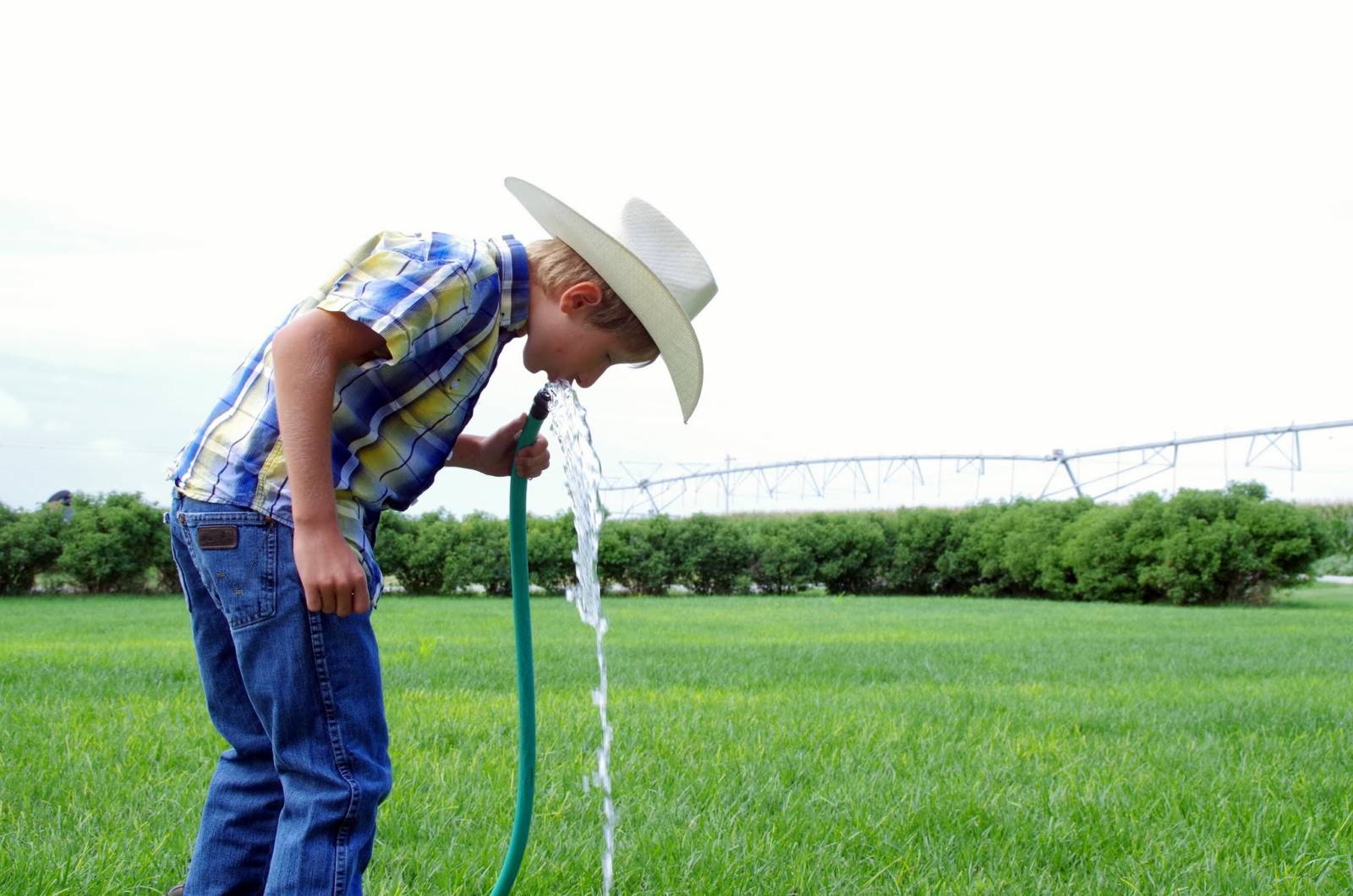The sun is blazing. Sweat is rolling down your back. Your hair is sticking uncomfortably to your neck.
So what do you do? Why, reach for an ice-cold glass of water, of course.
It’s a scenario that’s familiar to so many of us during the dogdays of summer. And it’s one that we often take for granted.
Water Conservation Matters to All
As a mom, I want to know my family has access to plenty of safe water. As a farmer, I need to know the same is true for my cattle and crops.
And because I’m a farmer, my actions make a major impact on the safety and accessibility of our water.
That’s why following best management practices is so important to me.
3 Ways We Protect and Save Water
Different water regulations exist across states based on their specific needs. For example, here in Nebraska, some regions have groundwater allocations and regulations on drilling new wells.
But, like many farmers, our conservation practices don’t begin and end with what’s required of us. We always look for ways to better manage our resources.
Here are some ways we go beyond the basic state regulations to keep our water use sustainable:
- Seed selection: Some of our fields have less available water than others. For these areas, we select seed that’s genetically engineered to be more drought resistant or water efficient. That helps reduce our need to irrigate.
- No-till: Leaving the prior year’s crop stalks and remnants in the field by not tilling shields the soil. The extra cover layer acts as mulch that collects extra moisture in the winter and reduces moisture evaporation in the summer.
- Protecting other water sources: We have a couple of creeks near our fields. In those areas, we don’t plant right to edge of the waterway. Instead, we leave a strip of grass that collects any chemical runoff from the field before it can reach the water. Practicing no-till also helps reduce runoff.
